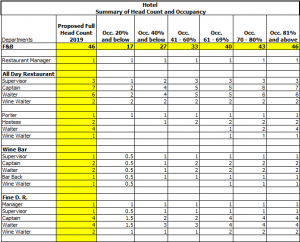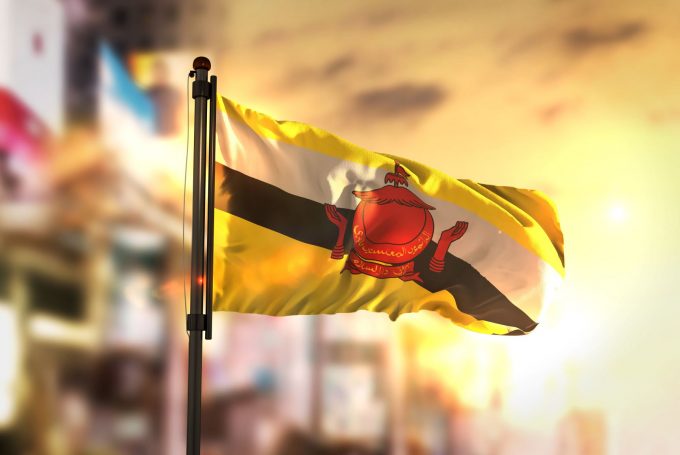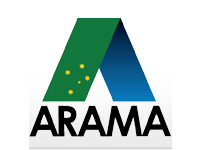
How to control your spending on staff
In our business it is no secret that labour is our single biggest expense.
What is a secret is how most hotels manage their largest cost. In this piece I am going to talk about creating and using a staffing formula for all scheduled positions. In addition, I will talk about the best practices as it relates to having and using staffing guides.
First of all, let’s define what a staffing guide is and what constitutes a staffing formula. The two are separate but also come together when used properly. Allow me to explain.
Staffing guide
The guide is a document that is prepared at least annually, and it contains all the positions in the hotel, both fixed and variable. For the fixed, salaried positions it is a list by department and by position of all the “approved” non-scheduled, call it if you will “management” jobs as well as the scheduled, hourly positions.
The staffing guide serves two purposes. It allows owners and managers who supervise the hotel to see at a glance what the staffing levels are. It is most useful for budget reviews and strategic planning because it lays out the otherwise complicated and sometimes convoluted staffing plan. The second purpose it serves is to help department managers see and understand the staffing plan. With turnover this is a critical tool for continuity.
Staffing formula
This is the abstract that comes with the staffing guide. It is the step-by-step plan for scheduling based on as many different business volume scenarios as needed to operate the hotel as efficiently as possible. Below is an over simplified chart that indicates the occupancy and the approved staffing at the various levels for the F&B service department.

This is where the formula part kicks in. Using the daily forecast, we know what the projected occupancy is, and we plug it in and the spreadsheet generates the schedule. The formula needs to be created for each scheduled position in the hotel. This level of detail is what is required to efficiently manage the change in business volumes.
The other beauty of the formula is the ability to challenge the formula. Maybe we should be using head count and not occupancy. Perhaps we observe the “delta” between 20 percent and 41 percent occupancy and see it means almost double the staff.
We now have an opportunity to modify the formula. Maybe we can introduce shifts less than eight hours? Maybe we can introduce split shifts?
The last part of the formula I will address is the ability we now have to establish our productivity, hours per room occupied or hours per customer cover served. This gives us even more data points to use to formulate our strategy.
With the use of the staffing guide and the formula we have two constant challenges.
First, we must ensure each department manager who does the schedule uses the formula and does not deviate unless the situation warrants an exception. Perhaps we have a VIP function or a high-end group that needs special attention. With the formula we can see what can be adjusted and rather than hoping our team gets it right we can review the modifications and approve the staffing adjustment. Constant review is the necessary process.
Second, the schedule cannot be set and not closely monitored for changes in volume. In our business, depending upon the location, as much as 65 percent of the business happens in the month for the month. That means managers are preparing schedules based on anticipated pick-up, arrival and departures.
One thing is for sure, if you set it and forget it you are missing the opportunity to really drive performance.
Best practices here are teaching the managers to review the latest day-by-day forecast every day and show them how to circle back at the end of the scheduling period to analyse real productivity vs. scheduled productivity.
All of this might seem like a lot to ask or expect of your staff but in reality it is what you need to do to ensure your largest expenses is being properly managed.
To sum things up here is your staffing guide and formula checklist:
- Have an approved staffing guide and formula.
- Ensure each manager has the same guide and they understand it, especially new managers and supervisors.
- Track productivity on the proposed schedule and the actual result.
- Make daily productivity reporting in the department log or pass-on book a standard.
- Review the results by department for the past week and next week’s projections at the weekly department managers’ meeting.
- Make this kind of formulated structure part of your hotel’s culture. If you do not, the opposite – nonchalant – version will take over.
- Use the guides and the formula to continually innovate around your staffing structure. Combine positions, look at peaks and valleys. Always be fascinated with how you can improve.
The idea that you can set it and forget it is the very last thing you want to do with your scheduling and staffing formula. Leave it to an administrative-level position to manage and it is not going to get the level of attention it deserves.
Fifty percent of your revenues is not something to leave up to someone else.
David Lund is founder of www.hotelfinancialcoach.com and helps hotel leaders worldwide with financial leadership coaching and workshops.








Thanks for including this article, it’s a very helpful tool.